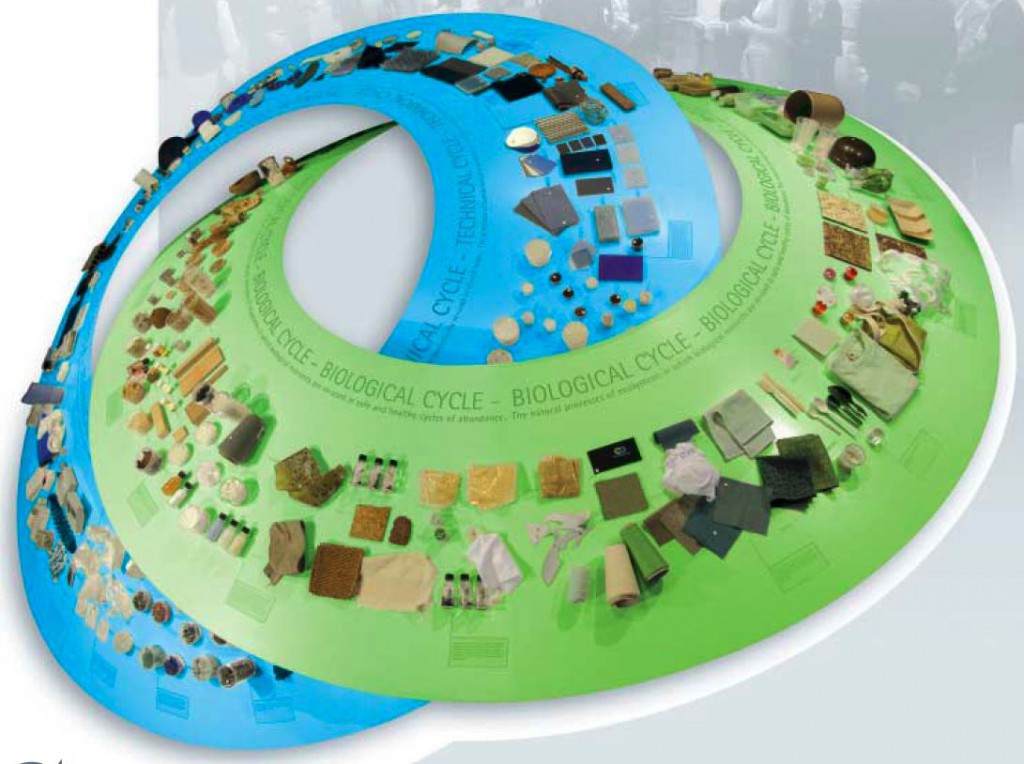THE NEXT INDUSTRIAL REVOLUTION
The revolutionary Cradle to Cradle® (C2C) concept was originally instituted by the chemist and process engineer Prof. Dr. Michael Braungart and architect William McDonough. In Europe this visionary application started with EPEA Environmental Protection Encouragement Agency GmbH in Hamburg. alchemia-nova is an official partner institute from EPEA.
Products that are designed and produced according to these principles serve at the end of their life cycle always as a nutrient for new high-quality options of usage, thus resources circulate constantly in loops. Waste as a category no longer exists. The end result are highly profitable products for humans and nature, which anticipate environmental standards of the future already today. The concept of Cradle to Cradle is a sustainable strategy to equip a variety of products without any kind of toxic chemicals that enable value creation within a natural cycle. This means not the increase in efficiency, minimizing the harmful effect, but the actual delivery of nutrients, which can be utilised in biological and technological processes in a useful manner (Michael Braungart & William McDonough, 2008). Thus, by clever design in the development of the product all the components of a product will be chemically and technologically designed that a re-use after the first cycle of the product life is completely realisable.
Cradle to Cradle® is based on these principles
- Waste = Food: Everything is a nutrient for something else
- Celebrate diversity: species richness, cultural diversity and innovation
- Use current solar income: energy and material resources are used only to the extent that they can be regenerated
These principles support both ways of the metabolism of a product or process, the biological and the technical nutrient cycle. Materials of products that are optimised for the biological cycles, serve as biological nutrients and may be safely released into the environment. Materials of products that are designed for closed technical cycles serve as technical nutrients (for example, metals and various polymers). These materials are not to introduce into biological cycles. The C2C design protocol, designed by McDonough and Braungart, provides these circuits for each product in further detail. They also describe the added value for all stakeholders involved. Quality and value improvement are the cornerstones of the C2C concept, which simultaneously constitute the fundamental differences to conventional interpretations of sustainability.

